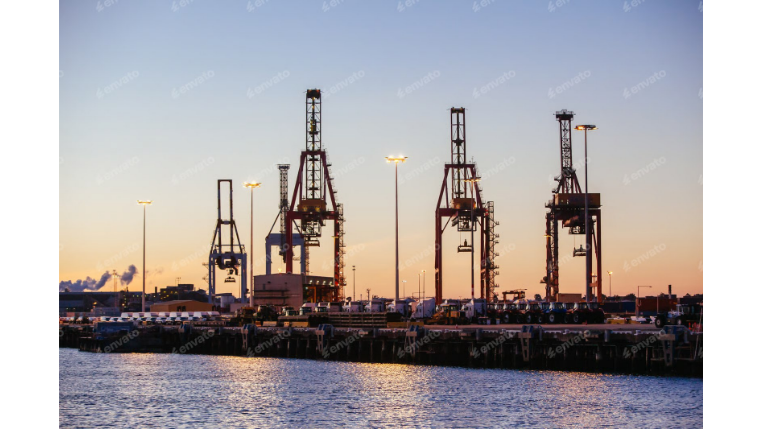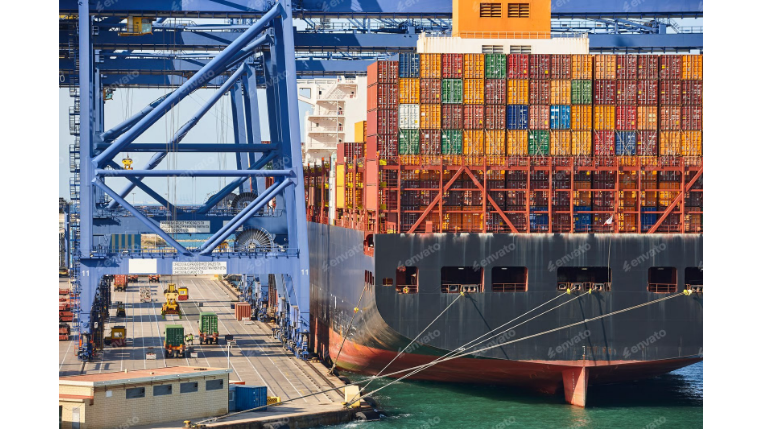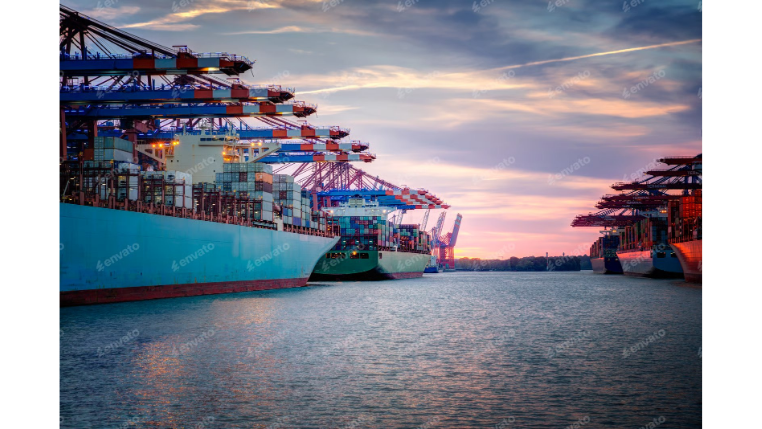Understanding Supply Chain Optimization
Supply chain optimization is the process of maximizing efficiency and minimizing costs throughout a company's entire supply chain. It involves analyzing and improving every step, from sourcing raw materials to delivering the final product to the customer. By optimizing their supply chain, companies can streamline operations, reduce lead times, and enhance customer satisfaction.
A supply chain consists of all the activities, resources, and systems involved in producing and delivering a product or service. This network includes suppliers, manufacturers, distributors, retailers, and end consumers. The goal of optimization is to perfect the flow of products, information, and finances throughout this network. This requires a deep understanding of the entire supply chain, including its various components and interdependencies. By leveraging technology and data analytics, companies can identify bottlenecks, design effective strategies, and make informed decisions to improve overall performance.
Key Benefits of Supply Chain Optimization
Optimizing the supply chain offers numerous benefits, including:
- Improved Efficiency: By identifying and eliminating waste—such as excess inventory, long lead times, and unnecessary transportation—companies can significantly reduce costs and improve profitability.
- Enhanced Customer Satisfaction: A streamlined supply chain allows for faster, more reliable product delivery. This improves the customer experience and builds loyalty. An optimized system also enables companies to respond quickly to market changes and customer demands, giving them a competitive advantage.
- Greater Visibility and Transparency: Advanced tracking and monitoring systems allow companies to follow the movement of goods and information in real-time. This enhances traceability, reduces the risk of counterfeit products, and ensures compliance with regulations.
- Increased Resilience: Optimization helps build flexibility into a company's operations. This allows them to adapt quickly to unexpected events, such as natural disasters, supplier disruptions, or sudden shifts in customer demand.
Factors to Consider in Supply Chain Optimization
When optimizing a supply chain, companies need to consider several key factors:
- Define Clear Objectives: First, it's essential to establish specific goals. Whether the aim is cost reduction, better customer service, or increased agility, optimization strategies should align with these desired outcomes.
- Analyze the Entire Network: Companies must conduct a thorough assessment of every component in their supply chain—including suppliers, transportation, and inventory management—to identify bottlenecks and areas for improvement.
- Leverage Technology: Using data analytics is crucial for gathering and interpreting supply chain data. This information provides valuable insights into performance and helps pinpoint areas for optimization. Technology can also automate processes and improve collaboration with suppliers and stakeholders.
- Assess Risks and Challenges: Implementing new strategies or technologies can introduce new risks or disrupt existing operations. It is important to carefully plan the optimization process and develop measures to mitigate potential problems.
Implementing Supply Chain Optimization Strategies
A systematic approach is required to implement supply chain optimization strategies effectively:
- Data Collection and Analysis: First, companies must gather data on key performance indicators (KPIs) like inventory levels, lead times, and transportation costs to understand the current state of their supply chain.
- Develop a Plan: After analyzing the data, a comprehensive optimization plan should be created. This plan needs to outline specific goals, strategies, and timelines while considering the potential impact on all stakeholders.
- Execution: Next, the identified strategies must be implemented. This could involve redesigning processes, adopting new technologies, or renegotiating supplier contracts. Progress should be monitored closely against KPIs to ensure goals are met.
- Continuous Improvement: The supply chain is a dynamic network, so optimization must be an ongoing effort. Companies should regularly review performance, identify new opportunities, and adapt to market changes to maintain a competitive edge.
Case Studies: Successful Supply Chain Optimization
Many companies have successfully optimized their supply chains to boost efficiency and profitability.
- Amazon: Through its advanced logistics and network of fulfillment centers, Amazon has achieved remarkable supply chain efficiency. It has optimized inventory management and reduced delivery times, allowing for faster and more reliable service.
- Procter & Gamble (P&G): P&G implemented a strategy that involved close collaboration with suppliers and leveraging technology to streamline operations. This resulted in significant cost savings, improved customer service, and a reduced environmental impact.
- Walmart: Walmart has optimized its supply chain by using sophisticated inventory management systems, improving transportation logistics, and leveraging data analytics. This has enabled the retail giant to lower costs, improve inventory turnover, and ensure products are consistently available to customers.
These case studies demonstrate how effective optimization can drive efficiency, profitability, and customer satisfaction. By learning from these examples, other companies can unlock the full potential of their own supply chains.










